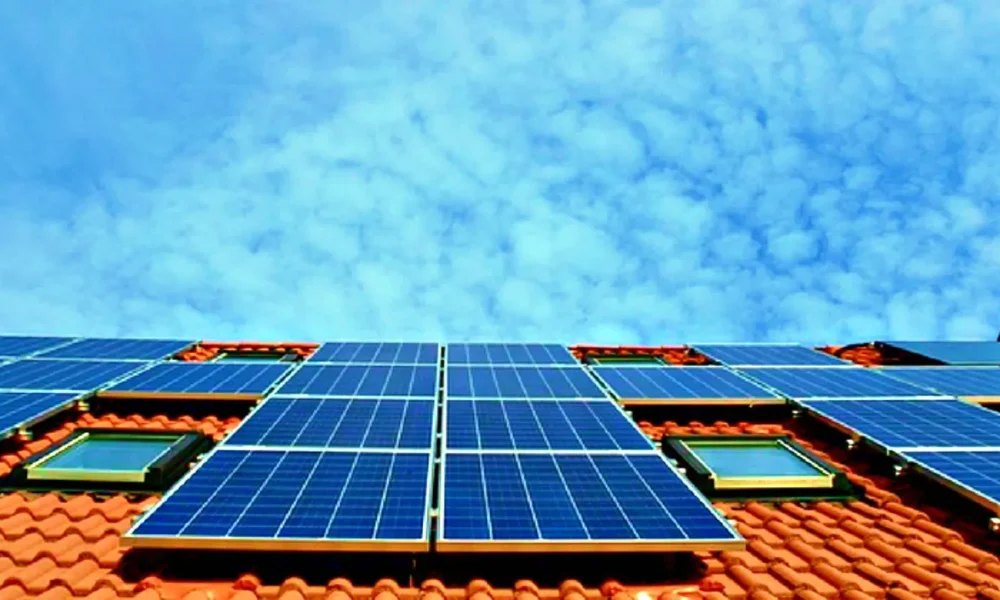Introduction to Commercial Solar Power
In recent years, the push towards sustainable energy has gained significant momentum, primarily driven by the escalating concerns over climate change and the depletion of non-renewable energy resources. Among the myriad green energy solutions, solar power has emerged as a front-runner. Solar power systems are a nod to environmental responsibility and a strategic financial investment, particularly in the commercial sector. This shift is marked by increasing businesses transitioning from traditional energy sources to more sustainable ones, like solar energy.
Why Businesses Are Turning to Solar Energy
Economic Benefits
One of the primary reasons for adopting commercial solar power systems is their economic advantage. Initially, the cost of solar installations might seem steep; however, the long-term savings on energy bills can be substantial. Solar power systems provide a predictable energy cost, which can be especially beneficial for businesses that consume large amounts of power. Furthermore, many governments offer tax incentives, grants, and rebates to support solar energy adoption, making the initial investment more manageable.
Environmental Impact
Beyond the economic benefits, solar power’s environmental advantages are compelling. Businesses can significantly reduce their carbon footprint by generating clean energy from the sun. This shift not only helps fight against global warming but also enhances a company’s brand image as a leader in sustainability. In today’s eco-conscious market, a reputation for environmental responsibility can be a significant differentiator.
Energy Independence
Solar power also offers businesses energy independence, reducing their reliance on local utility companies and the unpredictability of fossil fuel markets. This aspect is particularly appealing in areas where energy supply can be inconsistent or where electricity prices are high and likely to increase.
Implementation of Commercial Solar Power Systems
Assessing Energy Needs
The first step in adopting solar power is assessing a business’s energy needs. This involves analysing current energy usage and future needs. Based on this assessment, a tailored solar power system can be designed to meet the specific demands of the business.
System Design and Installation
Once the energy needs are understood, the next step is the system design. This process involves deciding on the type of solar panels, the size of the system, and the optimal placement to maximise sun exposure. Professional installation is critical to ensure the system operates efficiently and safely.
Maintenance and Monitoring
After installation, ongoing maintenance and monitoring are vital to sustain high performance. Modern solar systems have monitoring technology that allows businesses to track energy production and system health in real-time, ensuring any issues are quickly addressed.
Solar Systems for Commercial Use: A Case for Wider Adoption
The case for solar systems for commercial settings is robust, driven by technological advancements and shifting market dynamics. With improvements in photovoltaic technology, solar panels are now more efficient and durable than ever before. Additionally, solar systems’ scalability means that businesses of any size can harness the benefits of solar power, whether they operate from a small storefront or a large industrial complex.
Challenges to Overcome
Despite the advantages, some challenges still need to be addressed in the widespread adoption of commercial solar power systems. Despite decreasing over time, the initial cost still represents a significant barrier for many small to medium-sized enterprises. Moreover, the physical space required for installing enough solar panels to meet higher energy demands can be prohibitive for businesses with limited rooftop space or those in densely built areas.
The Future of Commercial Solar Power
Looking forward, the trajectory of commercial solar power looks promising. Innovations such as floating solar panels and solar parking canopies are expanding the possibilities for installing solar systems in less conventional spaces. Developing more efficient battery storage systems makes solar power an even more attractive option, enabling businesses to store excess energy during non-sunlight hours.
Conclusion
The rise of commercial solar power systems marks a significant step forward in the global transition to sustainable energy. This shift is not just about environmental responsibility for businesses—it’s a strategic move towards economic stability and energy independence. As technology advances and societal attitudes continue to favour sustainable practices, the adoption of solar energy in the commercial sector is likely to accelerate, powering progress towards a greener, more sustainable future.
